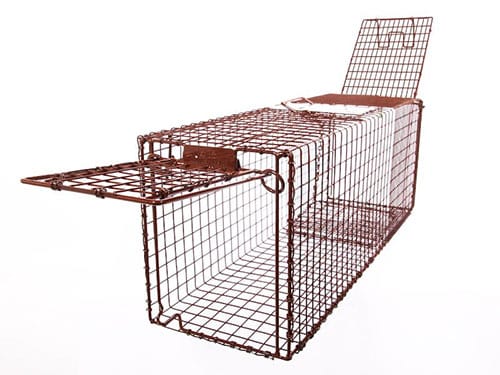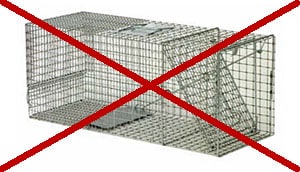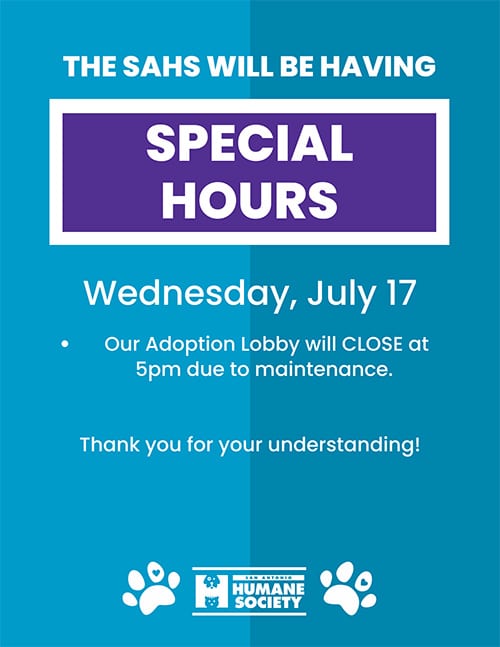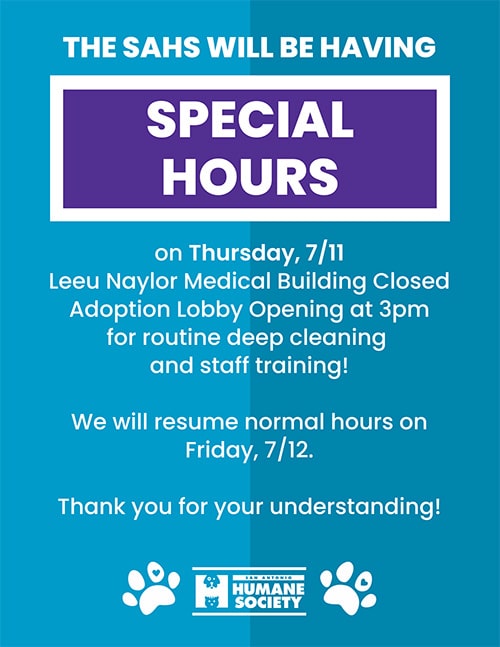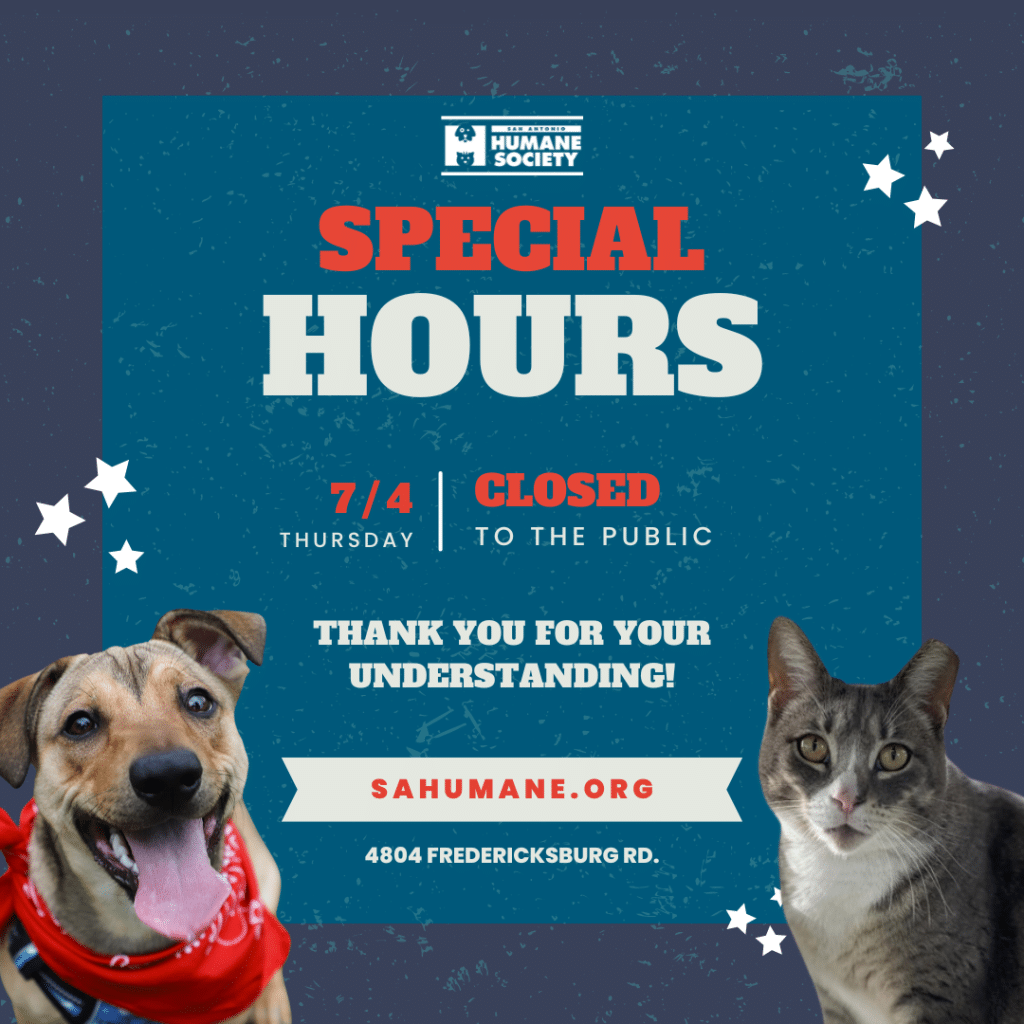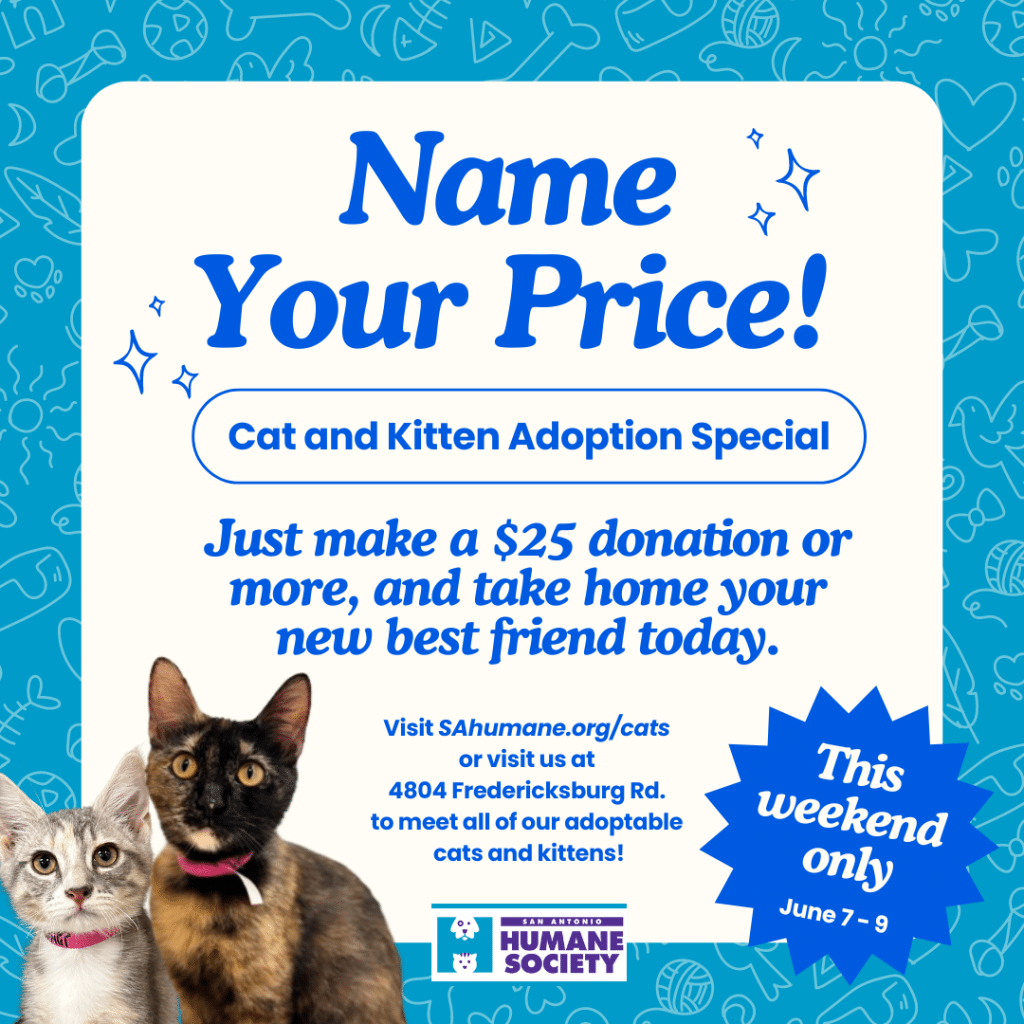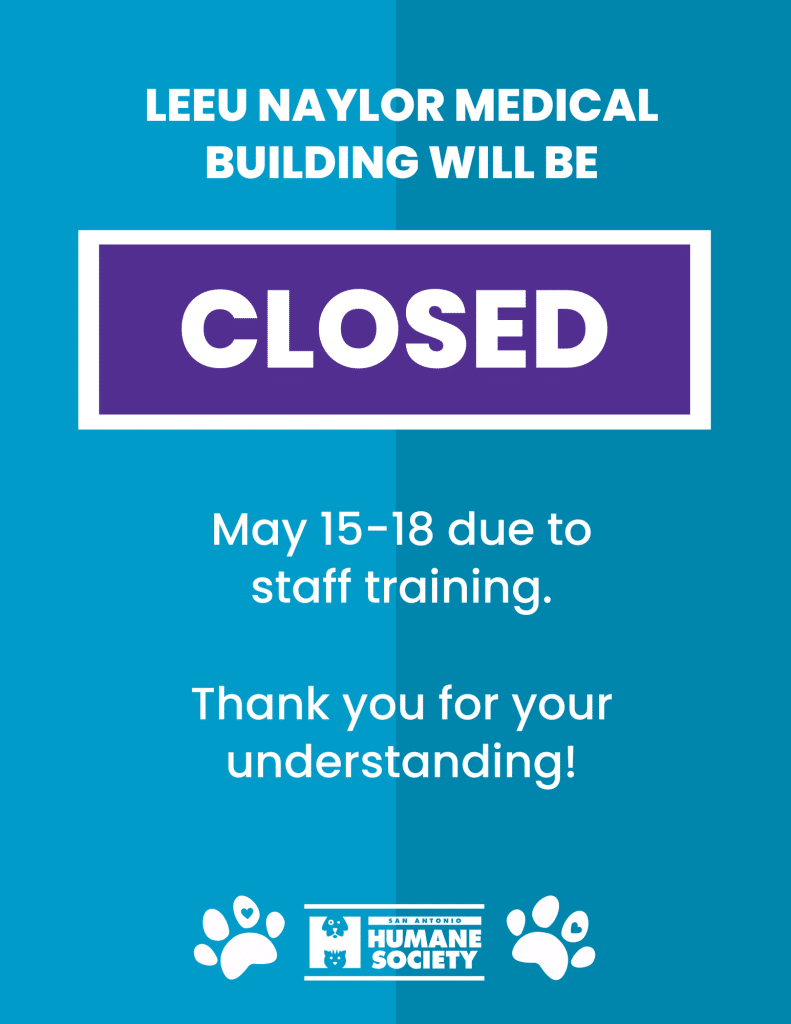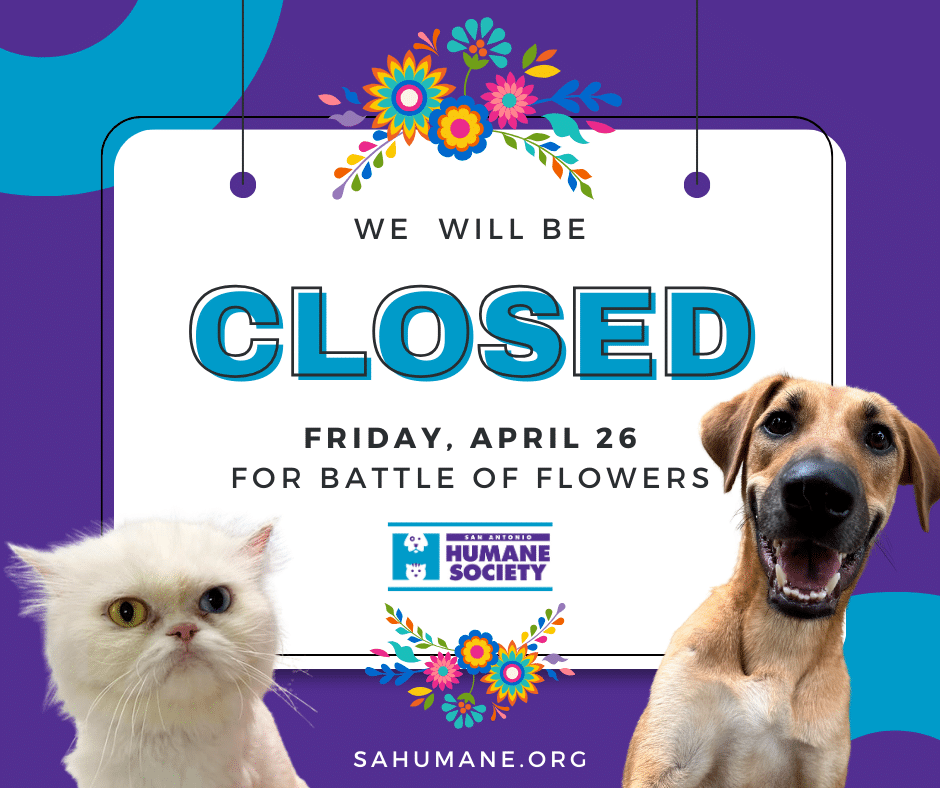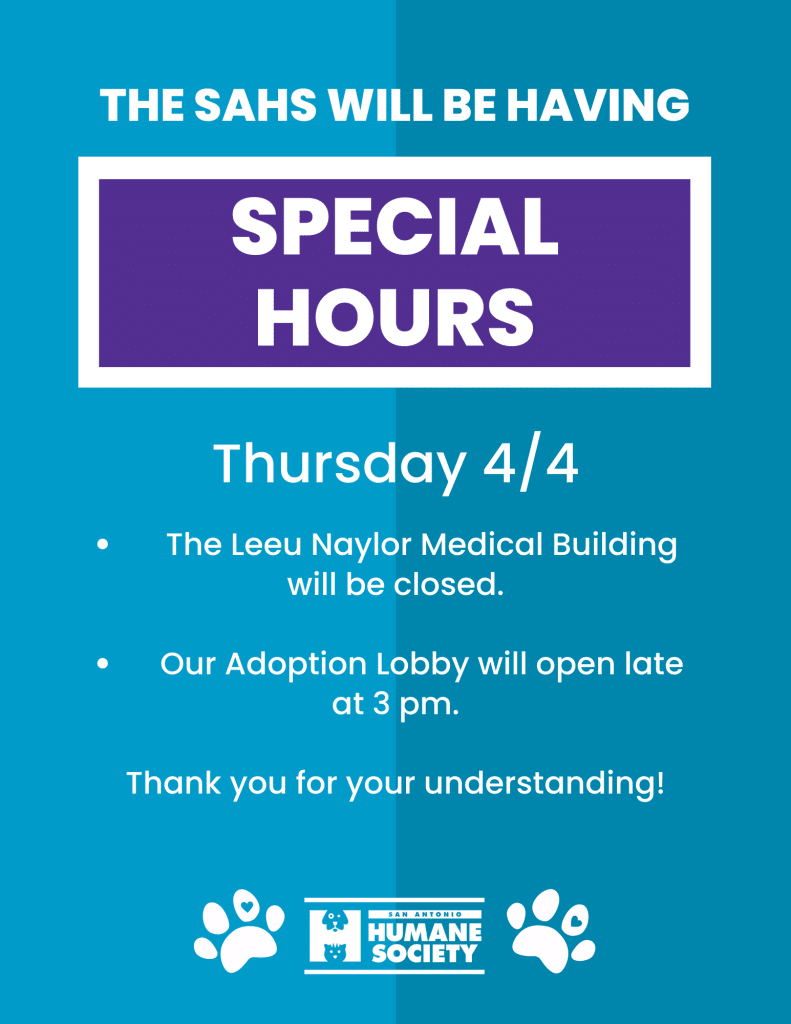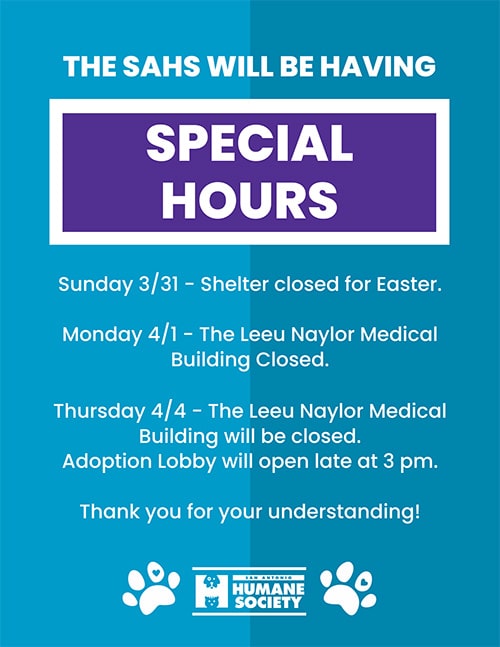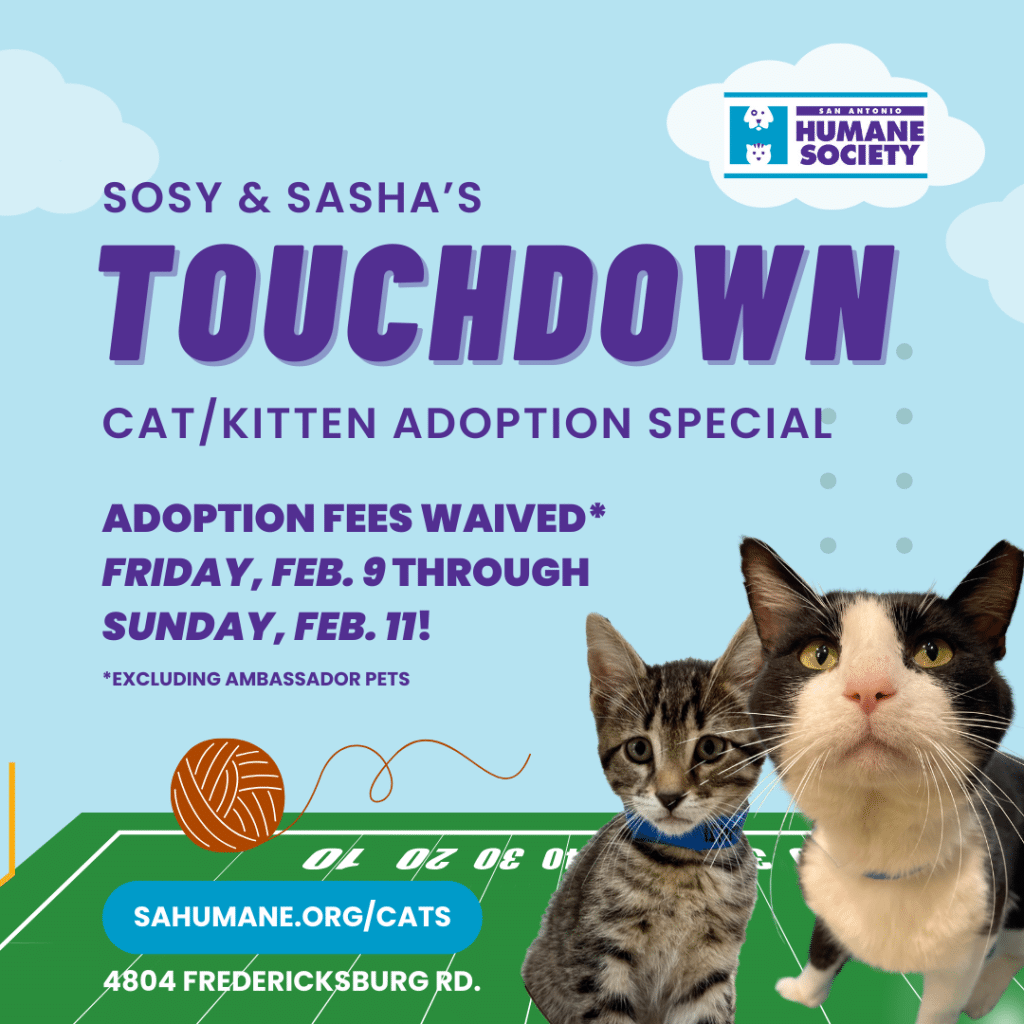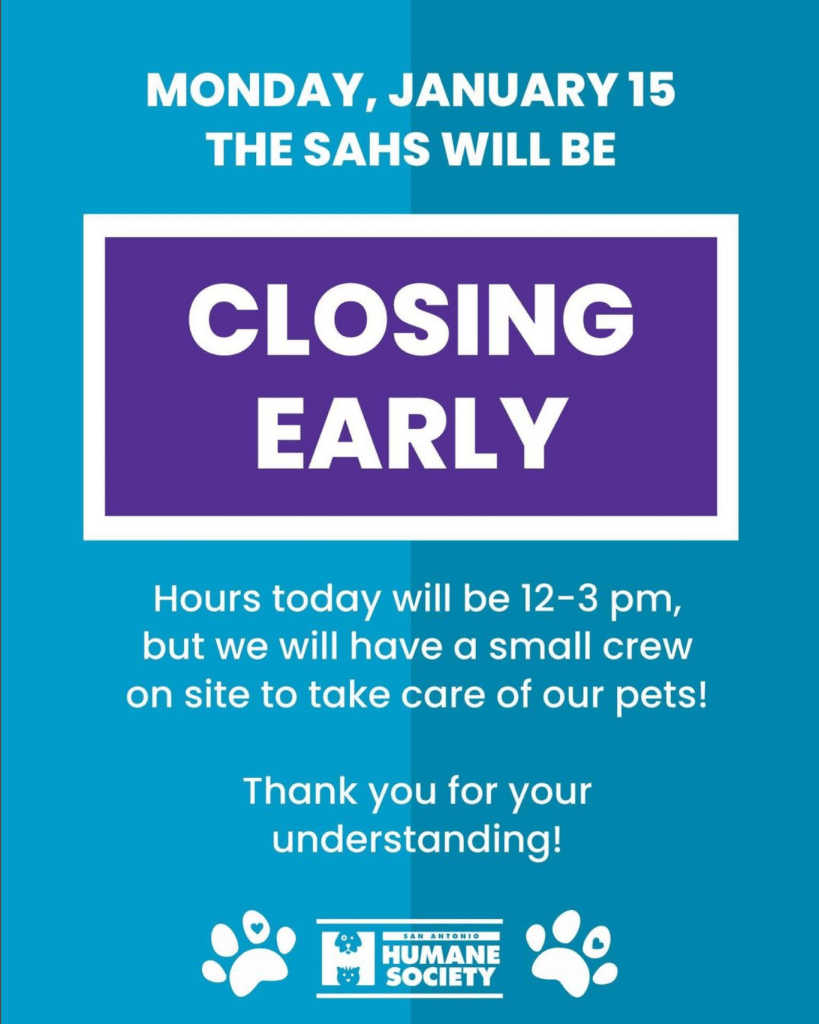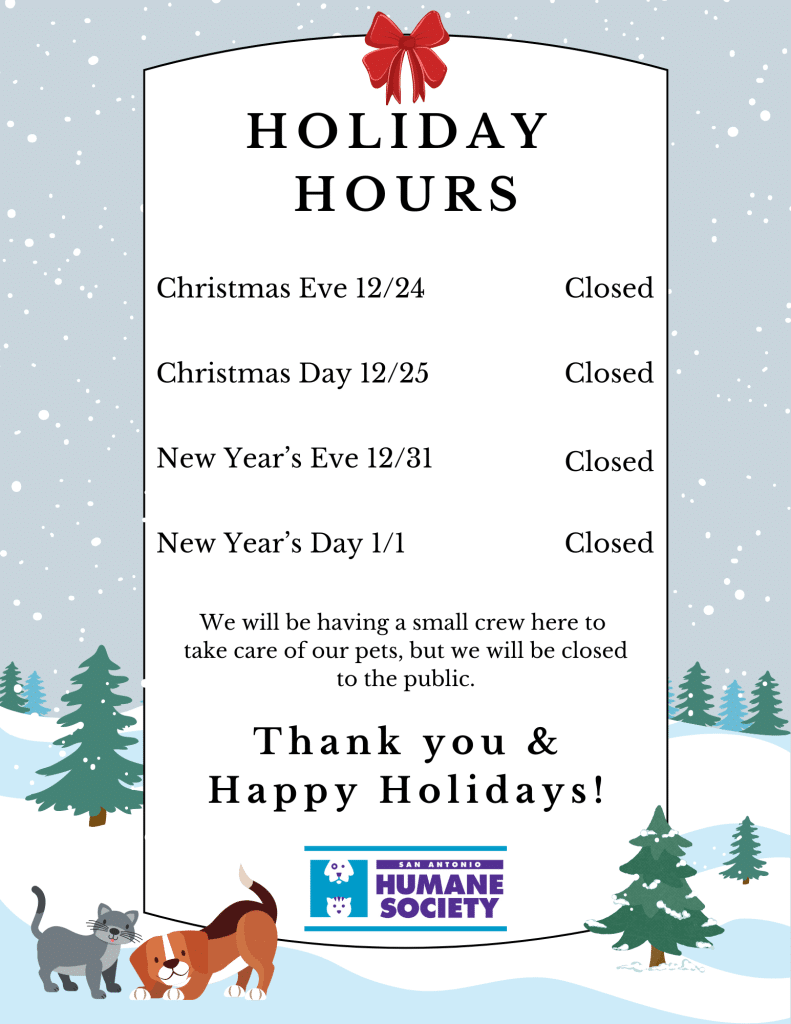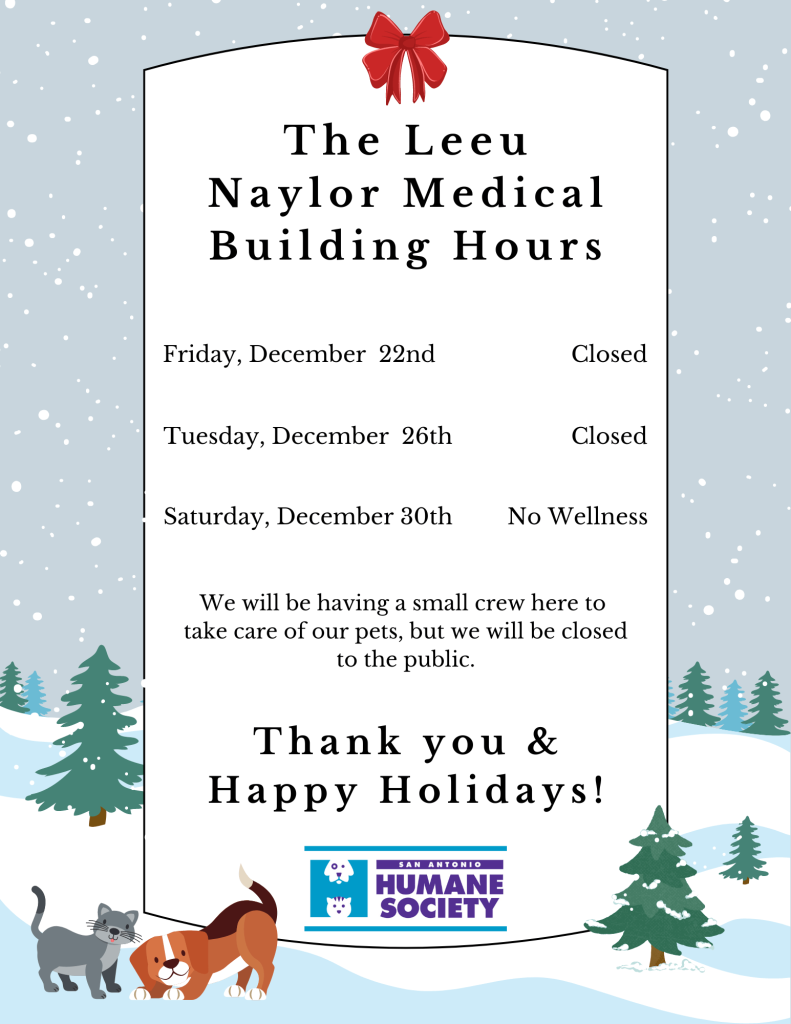Feral Cats
Important Information
- NO feral cats surgeries on: Business as usual
- Limit is 10 feral cats per day (Monday-Friday) until further notice unless otherwise noted.
- Effective immediately all feral traps doors must be secured with either a carabiner or pipe cleaner. Zip ties will not be accepted.
- For cost of feral spay/neuter surgeries click here.
- Starting in 2024 SAHS will reserve the right to charge full price to any feral cat coming in with a collar.
- For all of our Spay/Neuter information and a FAQ section - click here
Scheduling for ZIP CODE Feral Cat S/N Surgery
FREE spay/neuter services for feral cat(s) if you reside in the qualifying zip codes. See eligible zip codes on the Spay/Neuter main page.
Feral vs Stray
What's the difference?
There is some confusion in cats on the difference between “feral” and “stray”. The San Antonio Humane Society values the sterilization of both populations of cats, however, the care needed and grants available for the different types of cats is varied. Stray and feral cats share the same basic characteristics in that both cats do not have an obvious owner and wander around the neighborhood without a human family they call home. They could or would have spent most of their life on the street.
The major and significant difference is that a stray cat enjoys being touched or is at the very least able to be handled. They will approach humans to ask for food or affection. They can be pet or picked up and are easily transported in a common cat carrier without undue stress.
A feral cat is much like a raccoon. Simply crossing within 20 feet of the cat will cause them to run away and seek shelter behind a structure, under a house, or up a tree/fence. They cannot be touched, pet, or picked up. The only way to catch them is to trap them in a humane trap. When the trap is approached with the cat inside, the cat will try to escape by hitting itself against the bars frantically or sink to the bottom of the cage in a small ball, growling, hissing, and being aggressive or scared. A towel or blanket over the cage will reduce the stress and damage the cat may do to itself during transport.
First Come First Served
Feral cats IN TRAPS can be brought in on a first-come, first-served basis. There is a 10 feral cat limit per day, and no more than 3 feral cats per person, Monday – Friday at our Leeu Naylor Medical Building (4804 Fredericksburg Rd. located right next to our main shelter building). All cats presented as feral in a trap will receive an ear tip procedure. Community cats or strays that are tame and enjoy human companionship must have a scheduled appointment. Any cat not in a humane trap MUST be able to be handled by surgery staff to be accepted for surgery.
Although it is easy to see that there could be some confusion when trapping the cats in the neighborhood, with a little diligence it is easy to see the difference between a stray and a feral.
Trap-Neuter-Return
Feral cats are un-socialized cats. They were either born outside and have never known human companionship, or they were pets that got lost or abandoned, and after an extended time without human contact, have learned to fear humans. Feral cats form colonies around a food source such as a dumpster. Reproducing to the limits of the food supply, they lead meager lives often shortened by malnutrition, disease, and trauma. Most kittens born never make it through their first year. Their mating behaviors of spraying, fighting, and howling often cause them to become a public nuisance. Constant reproduction adds to the problem. Getting the cats spayed or neutered virtually eliminates these problems. Once neutered, males will no longer spray to mark their territory, and fighting over females stops, eliminating the problems of smell and noise. The colony size gradually diminishes with no kittens being born. Cats in a managed colony can live healthy, happy lives without causing problems for neighbors.
Started as a grassroots effort in the U.S., Trap-Neuter-Return (TNR) is now becoming accepted nationwide. TNR is the only proven humane method that solves the overpopulation problem while allowing the cats to live healthy lives. The San Antonio Humane Society rents humane traps for those looking to find a way to transport feral cats for the TNR program that is safe for humans and cats alike. The rental fee is $15 for ten days, with a $100 deposit refundable upon return of the trap. You can call 210-226-7461 for more information on renting a humane trap.
The San Antonio Feral Cat Coalition also offers free TNR training classes to ensure your safety and the safety of the feral cats throughout the TNR process. For more information, view the San Antonio Feral Cat Coalition class schedule here.
Acceptable Trap (we use/rent out this kind of trap at the SAHS):
Unacceptable Trap:

